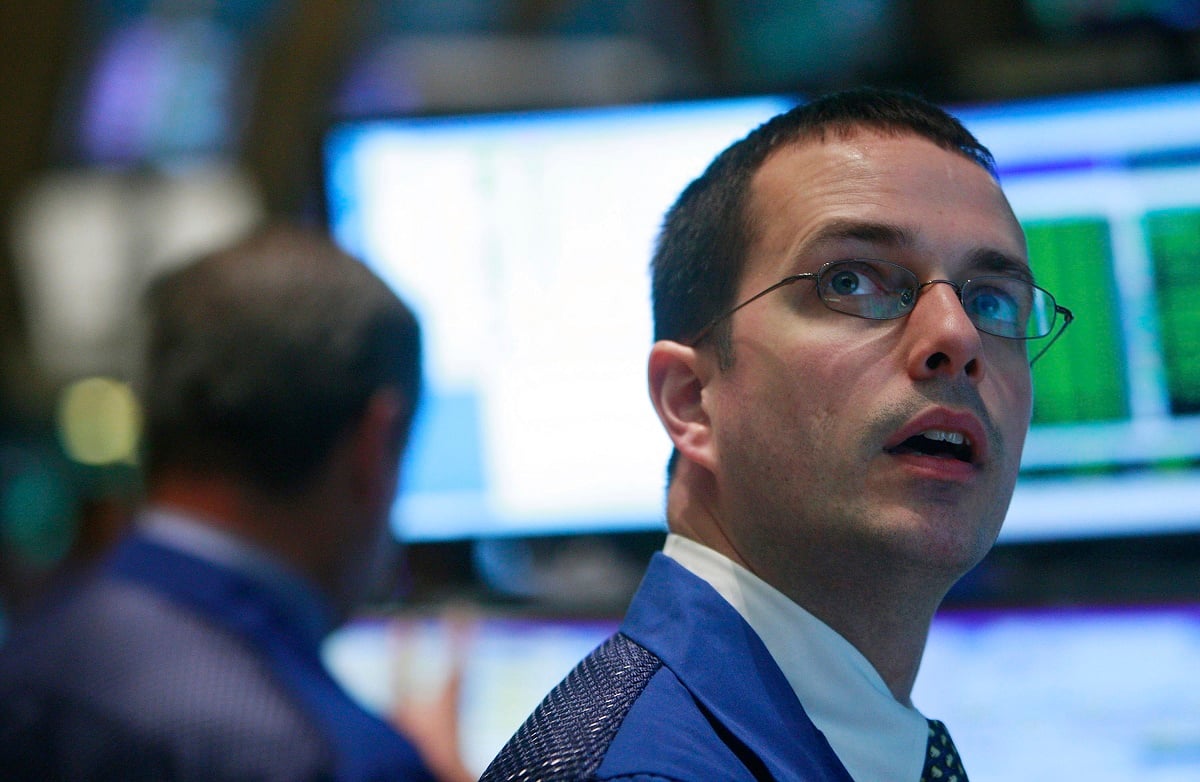There's no way to know for sure when the stock market is going to have a big day. Sometimes, there is unexpected news released in the morning or even during the trading day that can move the market sharply in one direction or the other.
On the other hand, there are some days that we can predict above-average volatility in the market, and one example of this is days when the Federal Reserve releases its monetary policy decisions. While it's impossible to know ahead of time whether the market will react in a positive or negative way, it's quite common to see the market rise or fall by an above-average percentage on Fed meeting days.
With the next Fed meeting scheduled to take place in the last week of October and to wrap up on Wednesday, Oct. 29, here's what investors should know.
What the market expects
After recent economic data, as well as comments from Federal Reserve officials and the minutes from the last meeting, investors are widely expecting the Fed to cut rates again at the conclusion of its October meeting.
According to the CME FedWatch tool, which shows the interest rate moves priced into futures markets, there is a 94.6% chance that the federal funds rate will be lowered by a quarter of a percentage point (25 basis points). There is a 5.4% chance that there will be no interest rate cut. It's also important to realize that while the Fed could technically do something else entirely, like cut rates by half a percent, these two probabilities add up to 100% -- so investors aren't considering anything else as a realistic possibility.
What could move the market
There are four main things that could potentially move the stock market after a Fed meeting, so let's take them one at a time:
- The rate decision-Of course, if the Fed does anything besides a quarter-percent rate cut, it would be a big surprise to investors and would likely move the market. Specifically, if the Fed surprised investors by not cutting rates at all, it would almost certainly be a negative catalyst for stocks.
- The economic projections-The members of the Federal Open Markets Committee (FOMC), which is the policy-making arm of the Fed, release their projections for GDP growth, unemployment, and future interest rates. But this is only done at every other Fed meeting and will not happen in October.
- The statement-Along with its interest rate decision, the FOMC releases a statement justifying its decision. And there are few documents anywhere in the world whose language is quite as scrutinized. Even minor wording changes can be interpreted as indicators of future rate cut probabilities.
- The press conference-Shortly after the conclusion of the FOMC meeting and the announcement of the interest rate decision, Fed Chair Jerome Powell will hold a press conference where he'll take questions about the Fed's decision and the circumstances around it. Powell's comments can certainly move the market, even if the rate decision and statement are as expected.
It's also worth noting that these work in combination with one another, and seemingly negative news in one area could be offset by good news elsewhere. For example, if the Fed decides to leave rates alone in October but indicates in the statement that more rate cuts are coming in 2026 than are currently expected, it could be perceived as a positive development.

Image source: Getty Images.
While it's nearly certain that we'll get another rate cut at the end of this month, the contents of the Fed's statement and Powell's press conference are anyone's guess and could certainly move the market. On Oct. 29, we'll get the latest insights into monetary policy from the Fed starting at 2pm when the rate decision is revealed, and it could turn into an exciting day in the stock market.





